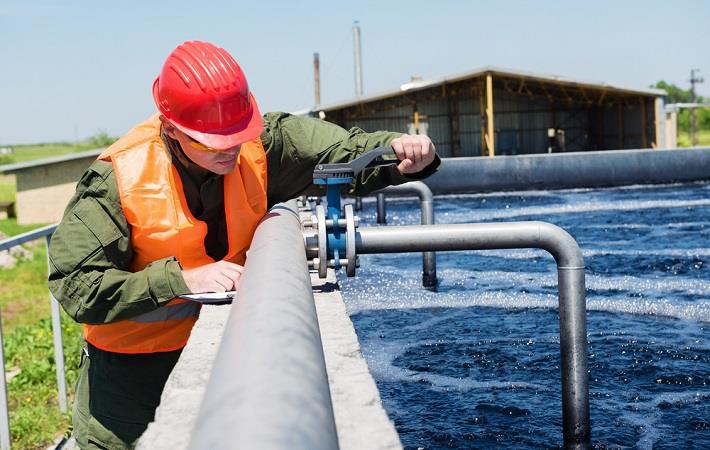GreenWrap '20 – Select 10: Miscellaneous

The Water Environment Federation (WEF), the ZDHC Roadmap to Zero Programme and Nike in May collaborated to create a wastewater operations training programme, to improve water and wastewater management and treatment throughout the textile supply chains around the world. The material will be translated into Mandarin and Vietnamese, in addition to Spanish. The ZDHC Roadmap to Zero Programme will facilitate global training for wastewater operators throughout footwear and apparel industry supply chains. The organisations are collaborating to evolve the WEF training manual, trainer’s kit, and exams to support ongoing training of wastewater operators. Nike, which helped develop the curriculum and supported the translations, will use the materials as part of ongoing water conservation efforts in its supply chain.
TE releases 2025 Sustainable Cotton Challenge report
Textile Exchange in June released second annual 2025 Sustainable Cotton Challenge report which serves as a cornerstone for change in apparel and textile industry by encouraging brands and retailers to commit to source 100 per cent of their cotton from the most sustainable sources by the year 2025. The purpose of the 2025 Challenge is to increase the uptake of organic and preferred cotton, which has the ability to increase the income of smallholder farmers, eliminate highly hazardous pesticides, eliminate or reduce the amount of pesticides and synthetic fertiliser used, reduce water use and improve water quality and soil health.
Agritask wins BCI’s Better Cotton Innovation challenge
22 brands join Pack4Good to reduce paper packaging
Burberry gets highest ever score in 2020 DJSI
Brands, designers used to fast fashion urged to change
US AAFA releases latest industry Restricted Substance List
Fashion & textiles failing to tap water-related biz: CDP
Italy worst textile polluter in Europe, UK 4th
US scientists assess synthetic fibres pollution on land
Scientists in the US in September said that the volume of synthetic microfibres released to terrestrial environments from wash cycles is huge, and may actually surpass, that which winds up in the oceans, rivers and lakes. Half of the total synthetic microfibre emissions since 1950, when synthetic fibre mass production began, are from the last decade alone. They estimated that 5.6 million metric tonnes (Mt) of synthetic microfibres have been emitted from apparel washing between 1950 and 2016, with 2.9 Mt finding their way into waterbodies and a combined 2.5 Mt emitted onto terrestrial environments (1.9 Mt) and landfilled (0.6 Mt).
To read more subscribe to January 2021 edition of Fibre2Fashion.
For queries & brickbats, write to: richabansal@fibre2fashion.com
Fibre2Fashion News Desk (RKS)
































-Ltd..jpg?tr=w-120,h-60,c-at_max,cm-pad_resize,bg-ffffff)





.jpg?tr=w-120,h-60,c-at_max,cm-pad_resize,bg-ffffff)
.jpg?tr=w-120,h-60,c-at_max,cm-pad_resize,bg-ffffff)






